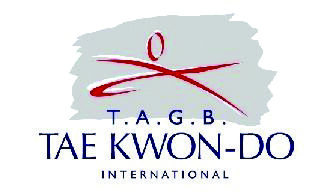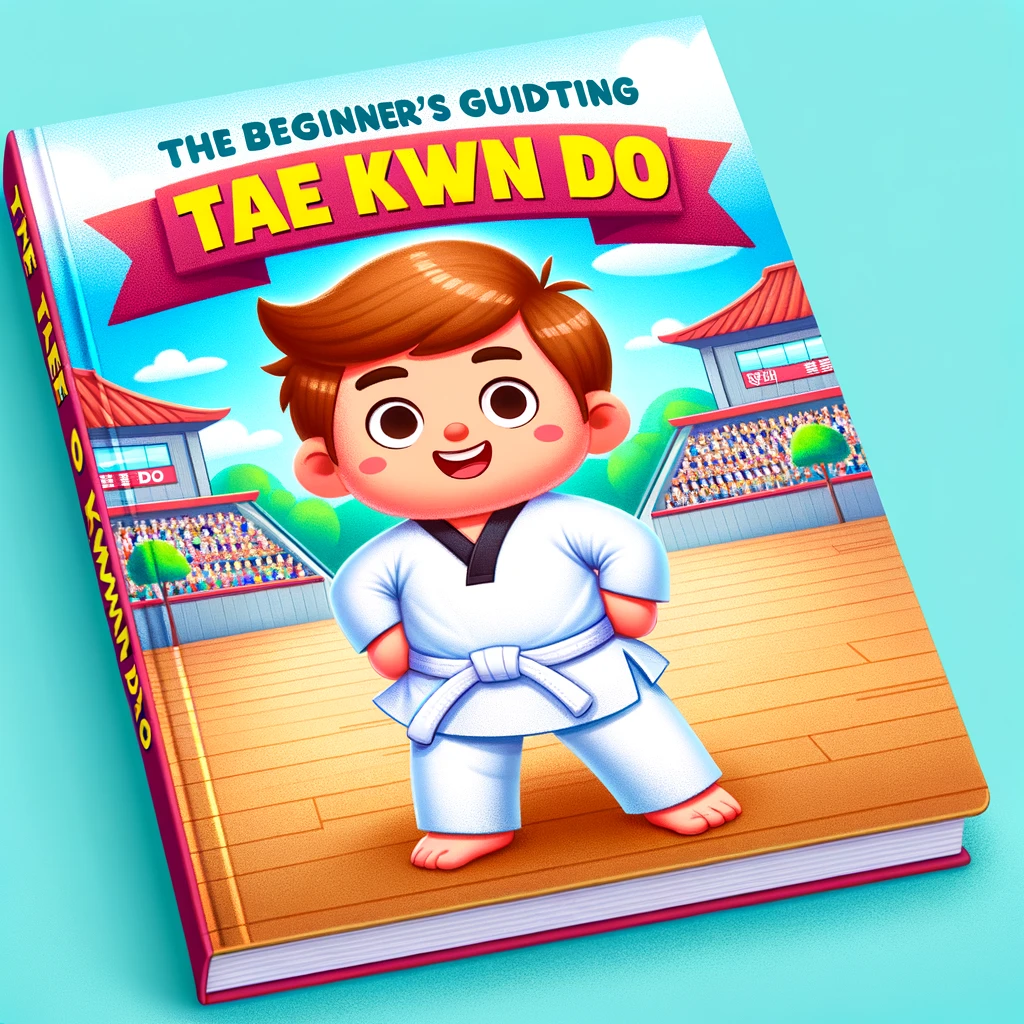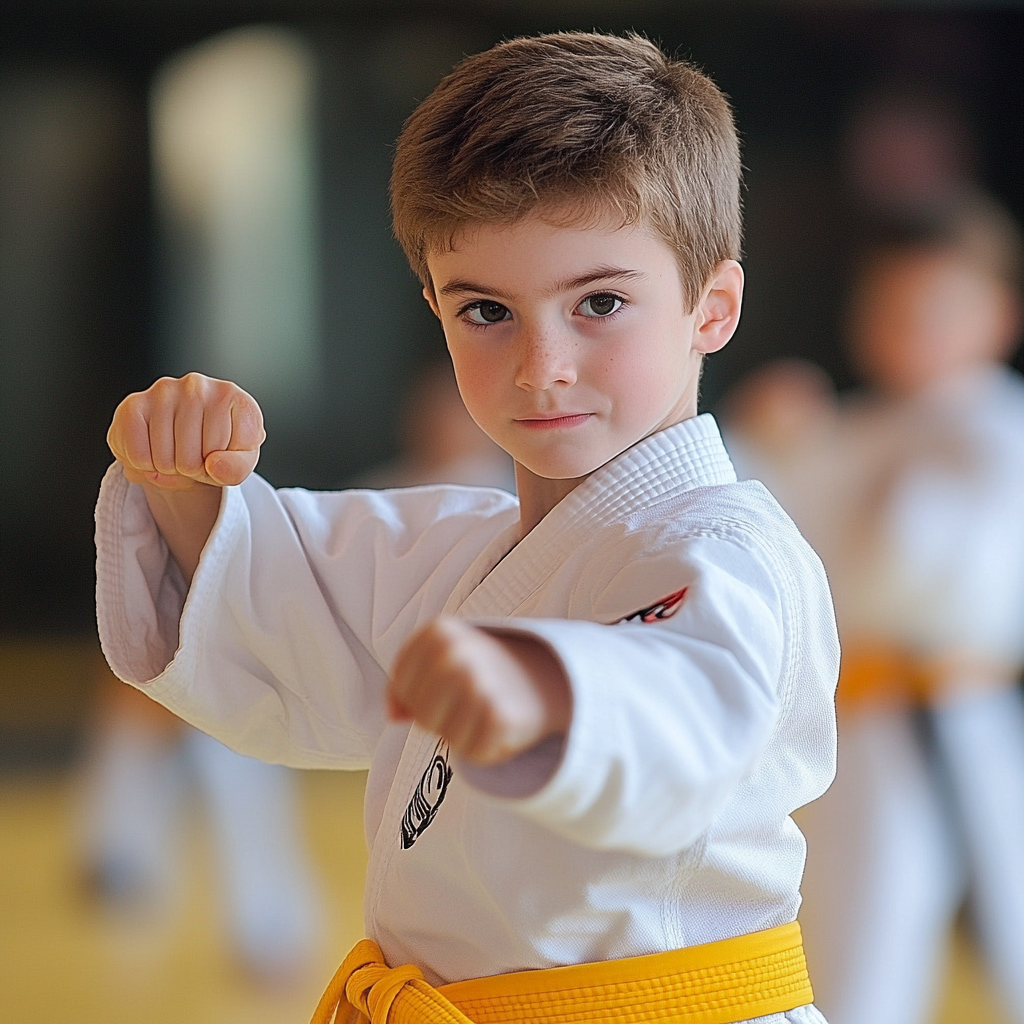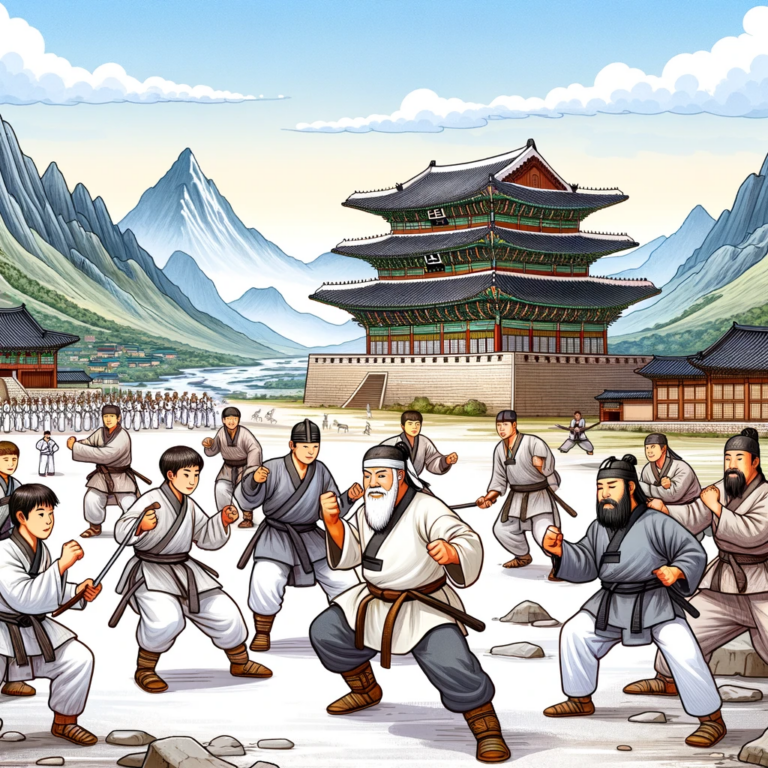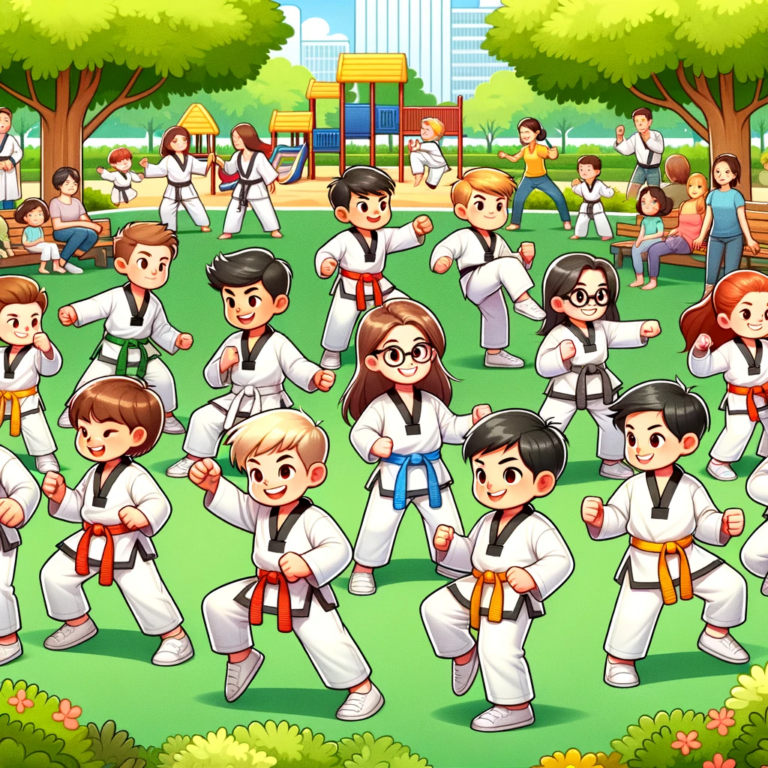Understanding the Basics of Korean Martial Arts: Tae Kwon Do
Tae Kwon Do, a Korean martial art, is known for its dynamic kicks and strikes. Practised by millions worldwide, it offers numerous physical and mental benefits. For those considering learning Tae Kwon Do, understanding the basics is essential.
A key aspect of Tae Kwon Do is discipline. Students are expected to adhere to strict training protocols and demonstrate respect towards their instructors and fellow practitioners. Embracing this discipline creates a focused environment conducive to learning. Additionally, Tae Kwon Do promotes self-confidence and self-control, helping students develop a solid mind-body connection. Through consistent practice, individuals gain improved physical fitness, strength, flexibility, and balance. The basic techniques learned in Tae Kwon Do, starting from a proper fighting stance, lay the foundation for more advanced movements and provide a solid understanding of the art.
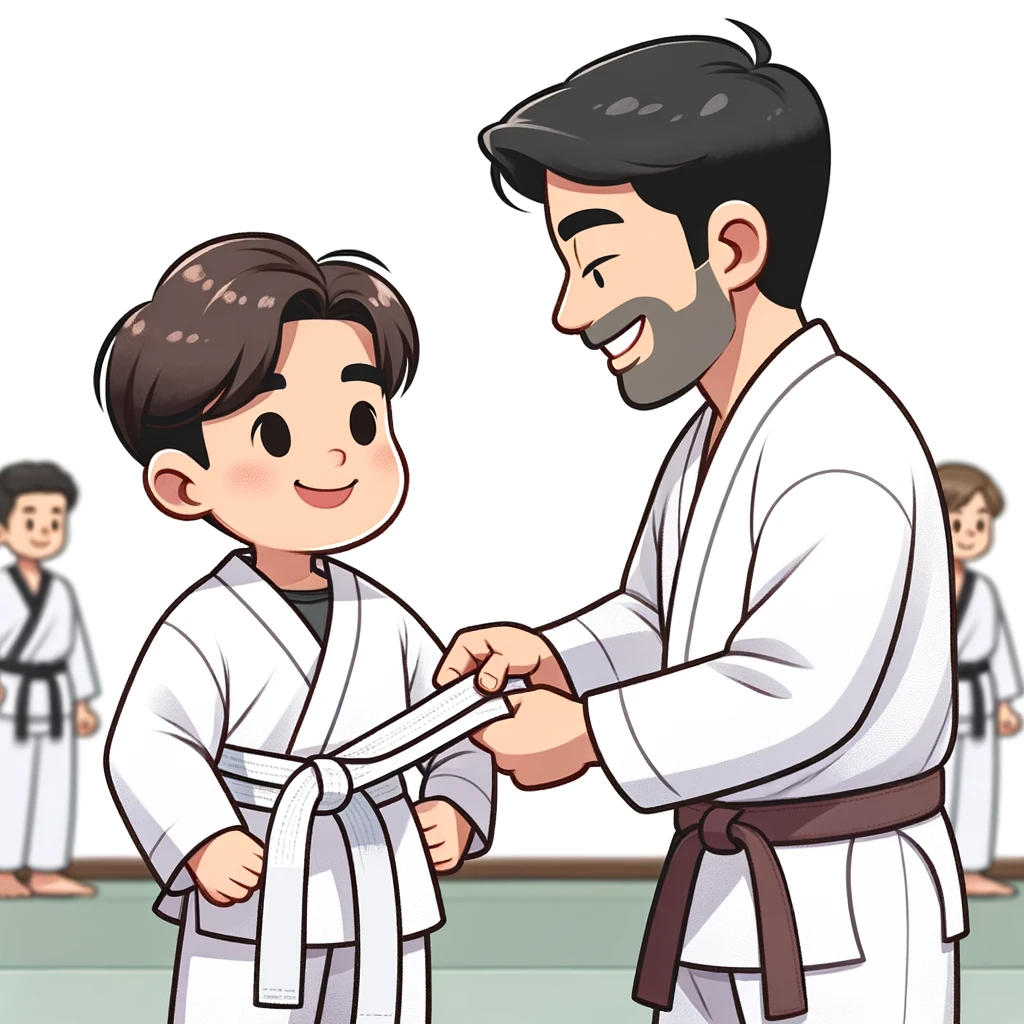
Finding the Right Taekwondo Schools for You
When embarking on your journey in Tae Kwon Do (often abbreviated as TKD), finding the right school or taekwondo club is crucial to your overall experience and progress. With various schools offering different training styles, choosing the one that best suits your needs and goals can be overwhelming. To make this process easier, there are a few factors you should consider.
First and foremost, it is essential to look for a taekwondo school that aligns with your objectives. Determine whether you are interested in traditional or sport-based training or have other specific goals, such as self-defence or physical fitness. Most people start with basic lessons introducing fundamental techniques before advancing to more complex forms. Understanding what you hope to achieve will help you narrow the options and find a school that can cater to your requirements.
Please also consider the school’s teaching style and the qualifications of the taekwondo instructor. A certified and experienced teacher can significantly impact your learning experience, ensuring you receive quality instruction and guidance. The training area should be spacious enough to safely practice spinning kicks and other techniques. As new students explore different schools, attending trial classes or observing training sessions may be helpful to get a feel for the teaching methods and environment.

Essential Equipment and Attire for Tae Kwon Do Training
Like any martial art, Tae Kwon Do requires the right equipment and attire to ensure a safe and effective taekwondo training experience. The essential piece of equipment is the Taekwondo uniform, a dobok. Made of durable and lightweight fabric, the dobok allows for ease of movement during training. It typically consists of a V-neck jacket and loose-fitting pants, both white. Some schools may have specific requirements regarding the style or brand of dobok, so it’s best to consult your teacher before purchasing. Additionally, wearing a belt corresponding to your skill level is essential, symbolising your progress and achievements in art.
In addition to the dobok, protective gear is another essential equipment in Tae Kwon Do training. This includes headgear, mouthguards, hand pads, shin guards, and foot pads. These protective gears are vital to ensure safety during sparring and contact drills. Quality control in equipment selection is crucial, as adequately fitted protective gear prevents injuries and allows practitioners to train with confidence and focus. High-quality gear with adequate protection and durability is essential, especially for light contact sparring with an opponent.
Learning the Fundamental Tae Kwon Do Stances and Footwork
Tae Kwon Do, a Korean martial art often compared to karate but with distinct differences, greatly emphasises fundamental stances and footwork. These foundational elements are crucial in developing balance, stability, and agility for executing techniques effectively and efficiently.
One of the critical stances in Tae Kwon Do is the “Joon Bi Seogi”, or the ready stance. The feet are shoulder-width apart in this position, with the toes pointing forward. The weight is evenly distributed on both feet, allowing quick and seamless transitions into different techniques. Another critical stance is the “Ap Seogi”, or the front stance. In this stance, one foot is positioned forward, with the knee bent and aligned with the toes, while the other foot is placed behind, providing a solid base for generating power. Mastering these stances is crucial as they form the foundation for executing strikes, kicks, and other techniques in Tae Kwon Do.
In addition to stances, footwork is another crucial aspect that students must focus on. Proper footwork enables practitioners to move swiftly, dodge attacks from opponents, and maintain balance during sparring situations. It involves shifting weight between the feet, pivoting, and taking steps in various directions. By practicing different footwork drills and incorporating regular stretching exercises for flexibility, students can develop the necessary coordination and agility to maneuver offensively and defensively effectively.
Learning and mastering fundamental stances and footwork in Tae Kwon Do is essential for building a solid foundation in this martial art. It not only ensures proper technique execution but also enhances overall performance and effectiveness in combat. So, whether you are a beginner or an experienced taekwondo practitioner, dedicating time and effort to studying and refining these core elements will significantly contribute to your progression in the world of Tae Kwon Do.
Mastering the Core Tae Kwon Do Strikes and Kicks
To truly master the art of Tae Kwon Do, developing a solid foundation in the core strikes and kicks is essential. These techniques form the building blocks of the discipline and are fundamental to its value as a self-defense art. Dedicated practice and precision are required to master these techniques.
The front kick (Ap Chagi) is one of the most fundamental kicks a student learns. It involves chambering the leg by bringing the knee up, then extending the foot forward to strike with the ball of the foot. With practice, this kick becomes a powerful tool in a practitioner’s arsenal. The side kick (Yeop Chagi) is another essential technique where the leg is chambered, then extended to the side with the blade of the foot as the striking surface.
One of the most critical strikes to master is the punch. Executed with a closed fist, the punch is a powerful and direct attack that can be performed from various positions and angles. Proper technique is crucial to generate maximum power and effectiveness. Another critical strike in Tae Kwon Do is the back fist strike. This technique is executed with a quick arm snap, using the back of the fist as the striking surface. This technique requires precision and control, as it’s often used to target specific points on an opponent’s body.
Certain moves require additional training and patience to perfect. For example, spinning kicks like the spinning hook kick require proper balance, coordination, and body positioning. Many schools incorporate elements of boxing into their curriculum to enhance hand techniques. Forms (Poomsae) are preset patterns of movement that combine various kicks, strikes, and blocks in a choreographed sequence. They help practitioners develop muscle memory and understand the application of techniques.
As students advance, they learn to combine techniques, creating effective combinations for point-scoring in competitions and self-defense situations. This requires physical prowess and strategic thinking to anticipate an opponent’s movements. The leg strength and control developed through consistent practice become evident as practitioners advance their training.
What is Tae Kwon Do?
Tae Kwon Do is a Korean martial art and an Olympic sport focusing on striking techniques, including kicks, punches, and open-handed strikes.
Benefits of Practicing Martial Arts
Practicing martial arts, such as Taekwondo, offers numerous benefits for individuals of all ages. Here are some of the most significant advantages:
- Improved Physical Fitness: Martial arts training helps develop cardiovascular endurance, strength, flexibility, and coordination. Regular practice can lead to better overall health and increased energy levels. The workout intensity can be adjusted based on age and fitness level.
- Enhanced Mental Discipline: Martial arts emphasise focus, concentration, and self-control. This mental discipline can improve resilience and handle stress more effectively.
- Self-Defense Skills: Learning effective self-defense techniques empowers individuals to protect themselves in various situations. This knowledge can boost confidence and provide a sense of security.
- Stress Relief: Martial arts training’s physical and mental demands can help reduce stress and anxiety. Regular practice also promotes overall well-being and mental clarity.
- Community Building: Martial arts schools and clubs provide community and camaraderie. Training with others helps build lasting relationships and friendships, fostering a supportive environment.
- Personal Growth: Martial arts training fosters personal growth, self-awareness, and self-improvement. Through consistent practice, practitioners develop a stronger sense of self and confidence.
- Improved Focus and Concentration: Martial arts training requires individuals to focus and concentrate, leading to improved cognitive function and academic performance.
- Better Time Management: Martial arts training’s discipline and structure teach individuals the importance of time management and prioritisation.
- Respect and Self-Discipline: Martial arts emphasise respect, self-discipline, and self-control. These values help individuals develop a stronger sense of responsibility and accountability.
- Fun and Enjoyment: Martial arts training can be a fun and engaging way to stay physically active and mentally stimulated. The dynamic nature of the practice keeps it interesting and enjoyable.
Understanding Korean Martial Arts Styles and Organizations
Korean martial arts have a rich history and offer diverse styles and organisations. Here are some of the most well-known Korean martial arts styles:
- Taekwondo: Known for its emphasis on kicking techniques, patterns, and sparring, Taekwondo is one of the most popular Korean martial arts worldwide. The art emphasises high, fast, jumping/spinning kicks that showcase agility and power.
- Hapkido: This martial art focuses on grappling, throwing, and joint locking techniques, making it practical for self-defense.
- Kuk Sool Won: This comprehensive training emphasises the development of the whole person, including physical, mental, and spiritual growth.
- Kumdo: A martial art that focuses on sword techniques and patterns, Kumdo is the Korean equivalent of Japanese Kendo.
- Yudo: Similar to Judo, Yudo emphasises grappling, throwing, and submission techniques, providing a well-rounded approach to self-defense.
Several prominent organisations govern and promote these martial arts:
Kukkiwon: A partnership between the KTA and WT, Kukkiwon is a global organisation that promotes Taekwondo and oversees black belt certifications.
Korea Taekwondo Association (KTA): Formed in 1959, the KTA is the oldest governing body for Taekwondo.
International Taekwon-Do Federation (ITF): Founded by Choi Hong-hi in 1966, the ITF is a global organisation promoting Taekwondo.
World Taekwondo (WT): Established in 1973, WT is the governing body for Taekwondo in the Olympics and Paralympics.
What are the basics of Tae Kwon Do?
The basics of Tae Kwon Do include learning proper stances, footwork, strikes, and kicks. These foundational techniques are essential for mastering the art.
How do I find the right Tae Kwon Do school for me?
To find the right Tae Kwon Do school, consider location, class schedule, instructor qualifications, teaching style, and overall atmosphere. It’s essential to visit different schools and observe classes before deciding.
What equipment and attire do I need for Tae Kwon Do training?
For Tae Kwon Do training, you will typically need a uniform called a dobok, belt, hand wraps, and sparring gear (if participating in sparring). Some schools may require additional Tae Kwon Do equipment such as headgear or shin guards.
What are the fundamental stances and footwork in Tae Kwon Do?
The fundamental stances in Tae Kwon Do include the horse stance, front stance, back stance, and side stance. Footwork techniques involve steps, pivots, and turns that allow proper movement and balance during training and sparring.
How can I master the core strikes and kicks in Tae Kwon Do?
Mastering the core strikes and kicks in Tae Kwon Do requires consistent practice, proper technique, and guidance from a qualified instructor. While executing these techniques, focusing on accuracy, speed, power, and correct form is essential. Patience and pushing yourself beyond your comfort zone are key components to improvement.
Are strikes and kicks the only self defense techniques in Tae Kwon Do?
No, Tae Kwon Do also incorporates other techniques such as blocks, joint locks, throws, and grappling. However, strikes and kicks form the foundation of this martial art and are frequently emphasised during training.
Tips for Successful Tae Kwon Do Training
To achieve success in Tae Kwon Do training, consider the following tips:
- Find a Qualified Instructor: Look for an experienced and certified Tae Kwon Do instructor who can provide personalised guidance and feedback. A good teacher can make a significant difference in your learning experience and ensure proper quality control in your training.
- Set Clear Goals: Define your objectives and goals for training, whether it’s to improve physical fitness, learn self-defense techniques, or compete in tournaments. Having clear goals will keep you motivated and focused.
- Practice Regularly: Consistency is key in Tae Kwon Do training. Aim to practice at least 2-3 times weekly, focusing on quality over quantity. Regular practice helps reinforce techniques and build muscle memory.
- Focus on Technique: Proper technique is essential in Tae Kwon Do. Concentrate on mastering basic techniques before progressing to more advanced movements. Good technique ensures effectiveness and reduces the risk of injury.
- Condition Yourself: Tae Kwon Do training can be physically demanding. Engage in regular conditioning exercises to improve cardiovascular endurance, strength, and flexibility. A well-conditioned body performs better and recovers faster.
- Respect and Discipline: Tae Kwon Do emphasises the importance of respect and discipline. Maintain a positive attitude, respect your instructors and fellow students, and adhere to training protocols. This mindset fosters a productive learning environment.
- Stay Hydrated and Fueled: Proper nutrition and hydration are essential for optimal performance. Ensure you fuel your body with a balanced diet and stay hydrated throughout training. Good nutrition supports energy levels and recovery.
- Get Enough Rest: Rest and recovery are crucial for physical and mental rejuvenation. Ensure you’re getting sufficient sleep and taking regular breaks to avoid burnout. Rest is when your body repairs and strengthens itself.
- Seek Feedback and Guidance: Don’t be afraid to ask your instructor or fellow students for feedback and guidance. Constructive criticism can help you improve and refine your techniques, and learning from others accelerates your progress.
- Stay Motivated: Tae Kwon Do training can be physically and mentally challenging. Stay motivated by setting achievable goals, celebrating progress, and finding a supportive training environment. Surround yourself with positive influences to keep your enthusiasm high.
These tips can enhance your Tae Kwon Do training experience and help you achieve your goals more effectively. Remember, the journey in martial arts is as important as the destination, so enjoy the process and stay committed.
Can anyone learn Tae Kwon Do?
Yes, Tae Kwon Do suits people of all ages and fitness levels. Age is not a limiting factor, as classes are often available for children as young as 4, teens, adults, and seniors. However, it is essential to consult with a doctor before starting any new physical activity, especially if you have any pre-existing health conditions.
How long does it take to become proficient in Tae Kwon Do?
The time it takes to become proficient in Tae Kwon Do varies for each individual. Consistent practice, dedication, and regular class attendance can help accelerate progress. It typically takes several years of training to achieve high proficiency and mastery.
